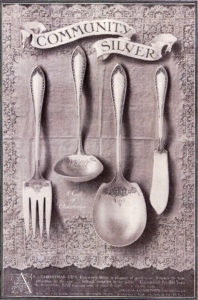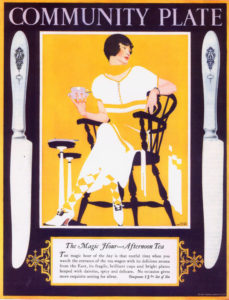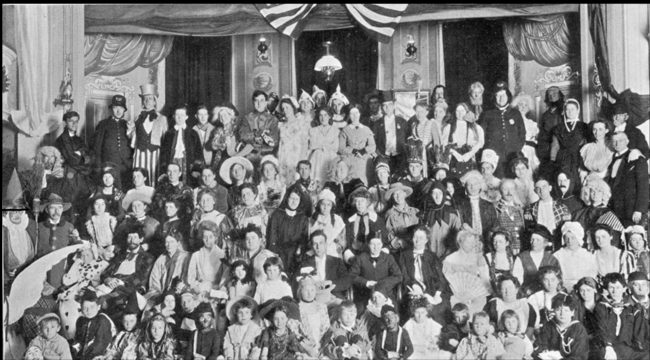Aryanna
Oneida Community
Oneida Community was built in phases during 1848-1880. The 93,000 square foot Commune works on the Community’s core beliefs regarding communal life. This commune was made to look mid-19th century. It was concidered large as it served as a 300-person commune that lived as one family.For 33 years they lived under the leadership of John Humphrey Noyes.
the Community’s core beliefs regarding communal life. This commune was made to look mid-19th century. It was concidered large as it served as a 300-person commune that lived as one family.For 33 years they lived under the leadership of John Humphrey Noyes.
(What were the pressures? Why did they exist? – Chris)
(Why was it built in phases? Were there waves of people who came into the commune that caused it to grow in bursts? -Cate)
Influenced by both internal and external pressures, the Community disbanded in 1880 and formed a joint-stock corporation, Oneida Community Ltd. The Oneida Community Mansion House was designated a National Historic Landmark in 1965. It was chartered by the Board of Regents of the New York State Education Department in 1987 as a non-profit historic house and museum. 
Oneida community was a “religiously-based Perfectionist Community” that challenged contemporary social views on property ownership, gender roles, child-rearing practices, monogamous marriage, and work. They developed a strong work ethic and embraced the production of silverware, that became one of the most impressive manufacturing companies of the 20th century. (These comments about marriage and childrearing don’t speak to some of the more shocking attitudes the Oneida had. Do a bit more research. – SK)


This community was built in the middle area of New York where there was mostly flat land and hills. It sat on acres of open, green land as far as the eye could see. This commune resembles others due to its tight knit, one family aspect. It sat on a large area of land where they all had similar beliefs and practices. This particular community attempted to achieve “utopian ideals” by having the idea of a perfect place with its social, political, and moral aspects.
(Maybe separate geography and then this utopian idea into their own paragraph, also was it like a communistic type of utopia, or was Noyes kind of like Stephen Gaskin where what he said went? Nice use of pictures, and concise writing. – Chris)
(Do you have captions for photos? Or dates, so we can see at what point during the commune these pictures are from? -Cate)



